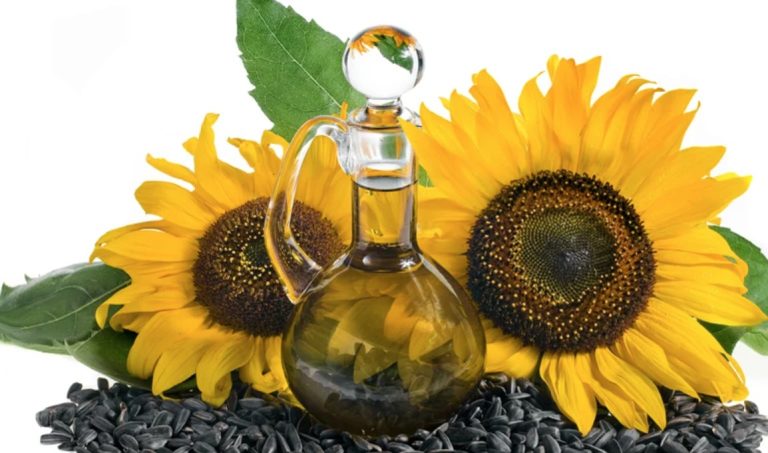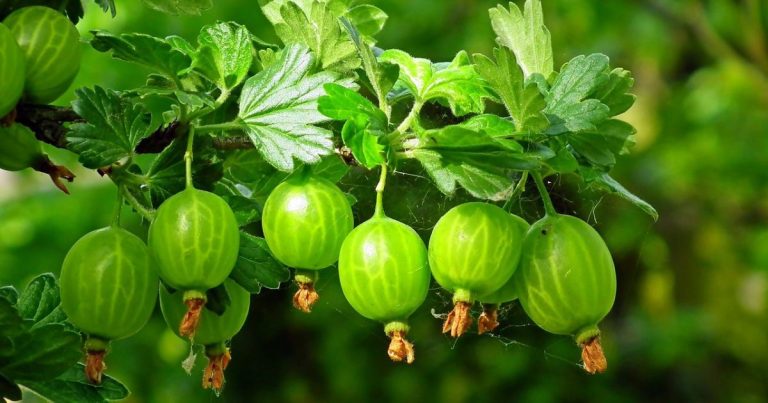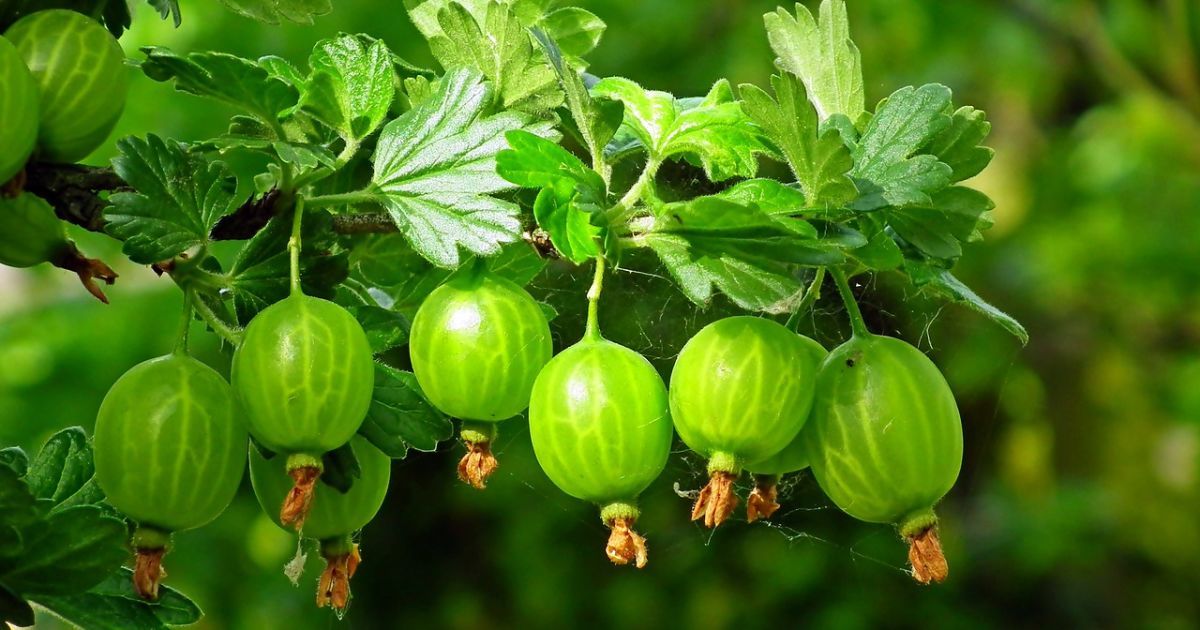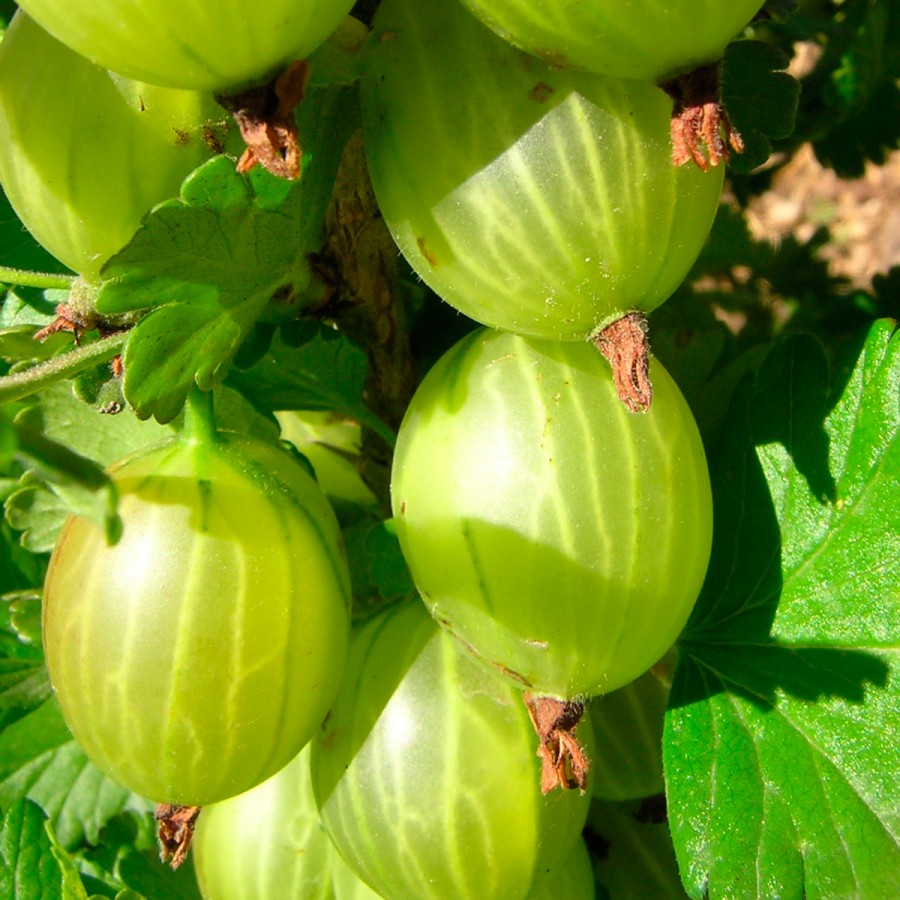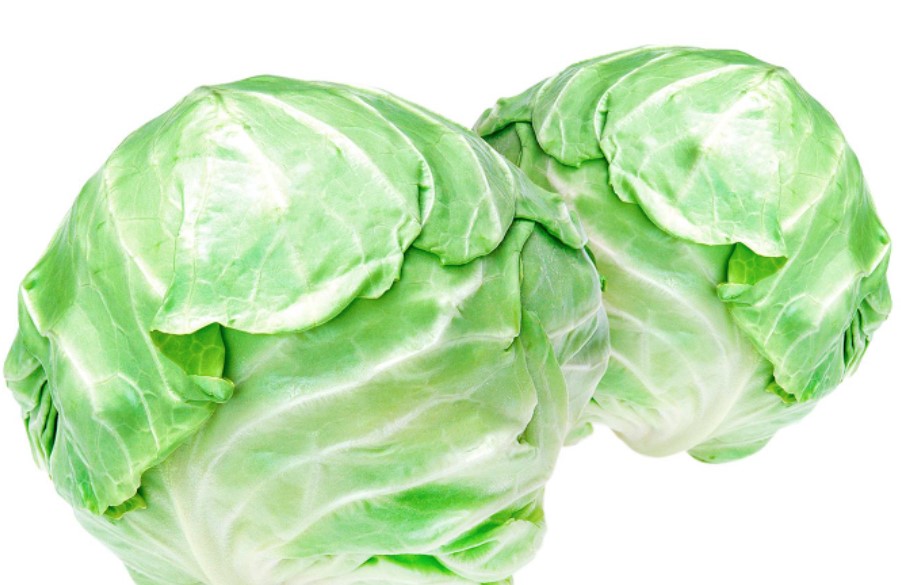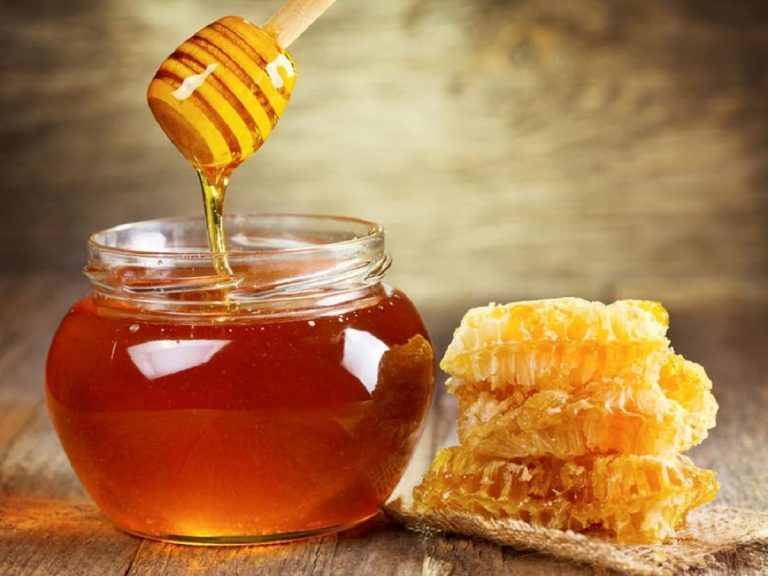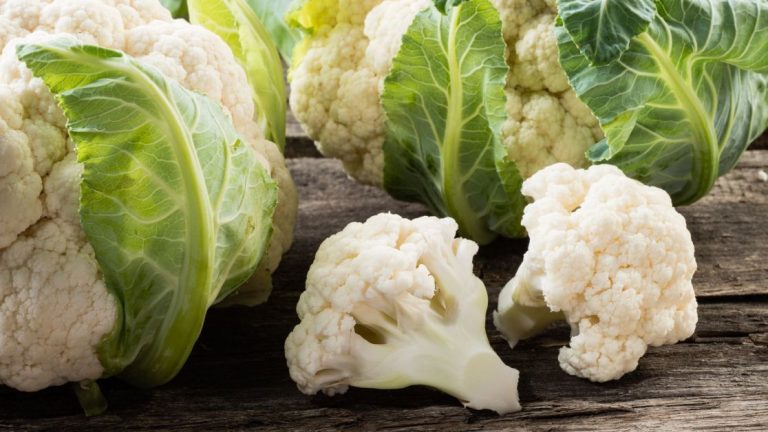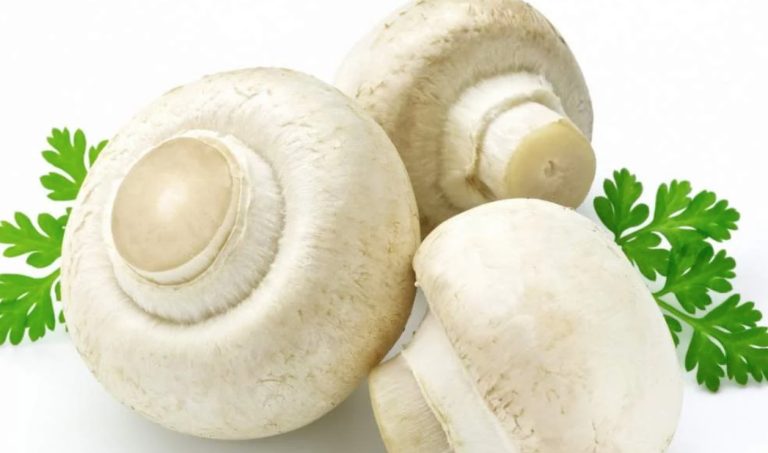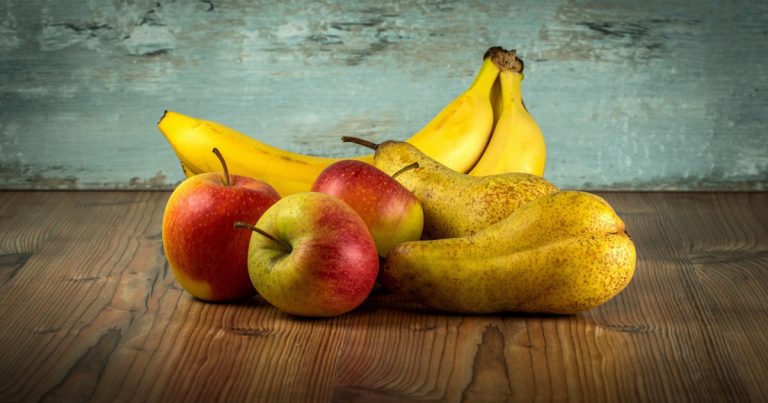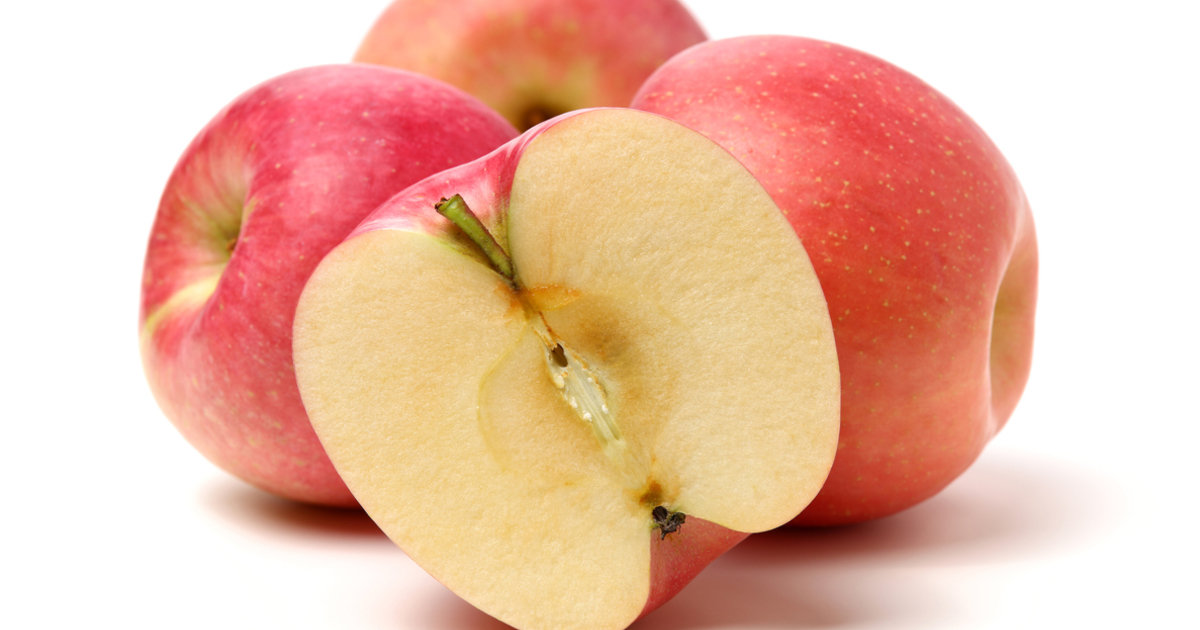You can quickly make sunflower seed butter yourself with just a few ingredients. The mush can be used in a variety of sweet and savory dishes. We show you a recipe and what you should pay attention to.
Sunflower seed butter made from Europe sunflower seeds is a regional alternative to almond butter and other nut butters. This avoids long transport routes and packaging.
Sunflower seeds are healthy because they contain important nutrients. They are rich in vitamins, fiber, unsaturated fatty acids, minerals and vegan proteins. The seeds are therefore particularly suitable for a balanced plant-based diet. Processed as a mush, you can use sunflower seeds in a variety of ways in the kitchen.
Make sunflower seed butter yourself
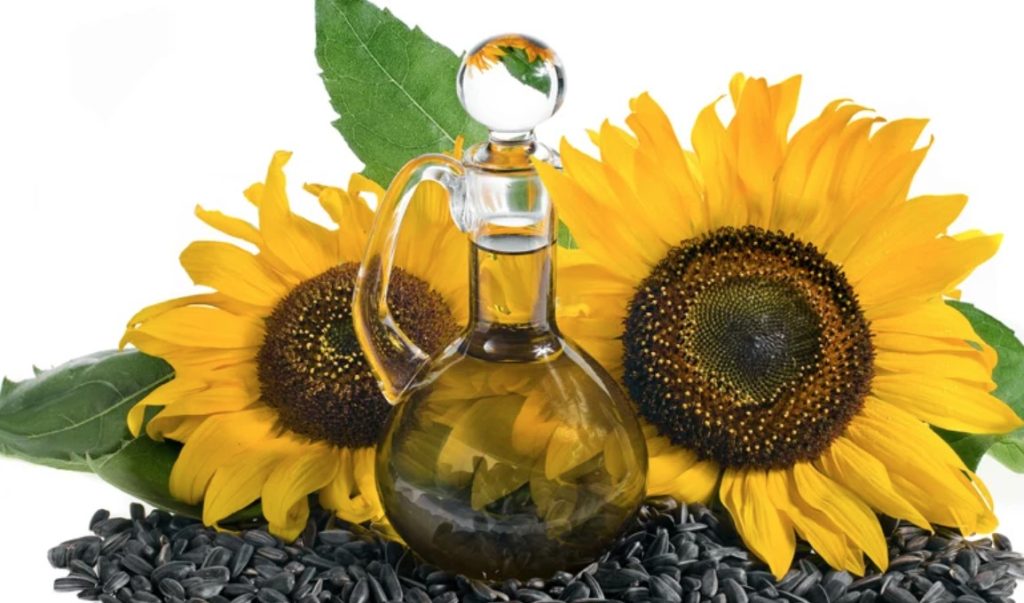
When buying your ingredients, make sure that they are organic and, if possible, from regional cultivation. This makes your sunflower seed puree a sustainable alternative to conventional nut spreads and you avoid chemical-synthetic pesticides.
Ingredients:
200 gorganic sunflower seeds
1 pinch(s) of salt
Directions:
Soak the sunflower seeds in water overnight or for at least 8 hours. This makes them softer and easier to work with.
After soaking, drain the sunflower seeds through a sieve.
Place the sunflower seeds and salt in a high powered blender. Mix everything into a smooth mass.
If the mousse is still too chewy, you can add some tasteless oil.
Variation tips for sunflower seed butter
You give your sunflower seed butter a particularly nutty aroma when you roast the sunflower seeds. They shouldn’t be too dark.
Variants:
You can add some olive oil or oat milk. This makes the sunflower seed butter a little milder and creamier.
For a savory taste, you can add a clove of garlic.
For a sweet alternative, you can add a spoonful of honey or syrup, some cinnamon and vanilla to the mousse.
As a regional alternative to tahini sauce, you can add some salt, pepper, lemon juice, olive oil and fresh herbs to your sunflower seed puree.
Use sunflower seed butter
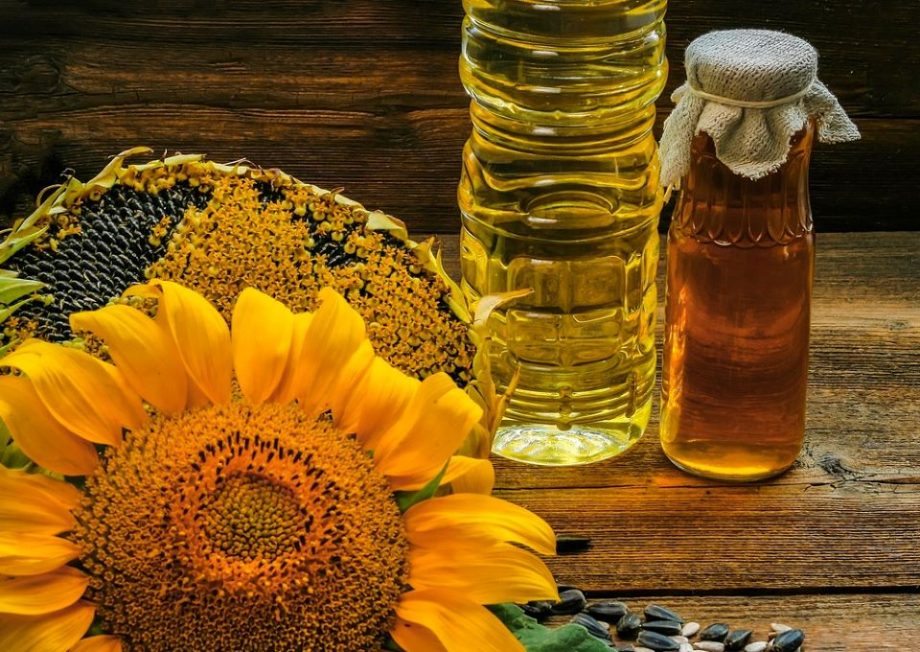
Sunflower seed puree can be refined as a sweet or savory puree. You can therefore use it in many ways. Here are some tips on how to use your sunflower seed butter:
As a hearty spread: If you refine your sunflower seed puree with fresh herbs and spices, you can use it as a delicious spread.
As a sweet spread: Alternatively, you can make a sweet variant of the spread from the sunflower seed butter. This goes particularly well with pancakes and fresh rolls.
As a dip: Use more liquid during preparation to create a sauce-like consistency. This dip goes great with raw vegetables, crackers or homemade falafel.
As a vegan butter substitute: neutral sunflower seed butter is an excellent vegan alternative to butter.
As a salad dressing: Use the puree to make a delicious salad dressing. Simply add a tablespoon of puree to your favorite dressing.
As a cooking cream: You can refine warm dishes such as soups or stews with the sunflower seed butter. The mush gives the dish a creamier consistency.
As a muesli topping: You can put sunflower seed butter on your muesli or porige for a wholesome breakfast.

